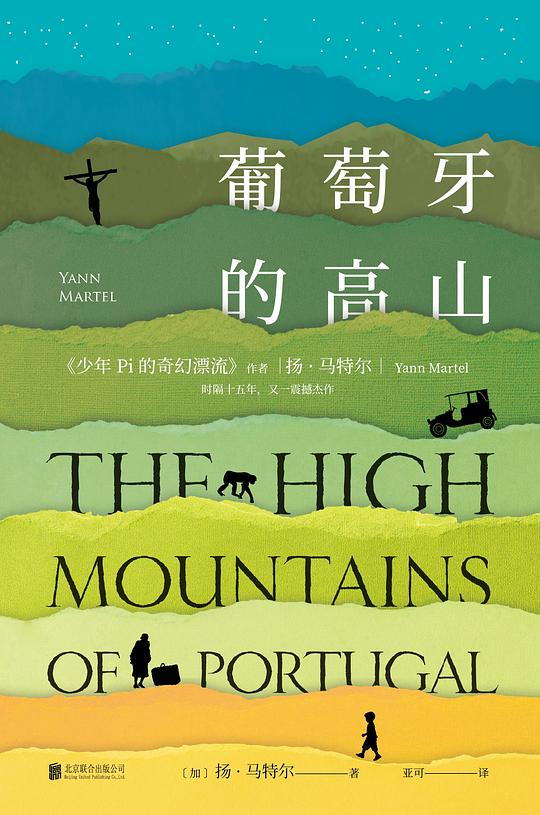
《葡萄牙的高山》葡萄牙高山:奇幻的爱与死亡之旅
书名:葡萄牙的高山
1
0

优雅小天鹅 2023-05-17 14:27:16
In the first part of the story, Thomas experiences the consecutive deaths of his loved ones, the selling, slavery, and dehumanization of black slaves, and the agonizing death of a priest. The priest witnessed the agony of the black slaves, and a century later, Thomas and the priest resonated with each other through their pain. However, Thomas expresses his resistance to fate through walking backwards, while the priest hopes to achieve salvation through faith.
When Thomas goes to the Portuguese mountains with a spirit of challenge towards Christianity and driving an unfamiliar machine, he hopes to create a shocking work of art that will make "God pay for what He has done to His beloved one." At that time, he still believes in God, and he feels that God is responsible for his losses and pain. He wants to rebel against Gods unfairness and get Gods response.
After experiencing many difficulties, when he finally sees the "bizarre yet stunning" crucifixion image, he discovers that the "Son of God" depicted is a chimpanzee. "We are just ordinary animals." God does not care about his gains and losses or take responsibility for his pain. What is the meaning of this suffering? He loses his sacred connection with God at this point, and the pain shatters him.
The second part explores the relationship between Agatha Christie and Jesus from a very novel perspective. From the parables in the Bible and interpretive miracles of Jesus displayed, it talks about how Jesus lived in the stories. It talks about how the public turns a blind eye to the murderer, truth, and demons around them and ultimately participated in the killing of Jesus. Jesus vindicates us of our sins through resurrection.
"Faith is the answer to death." The wife of a doctor has an attitude of "decrypting it, giving it meaning, and putting it into the process of life, no matter how difficult it may be." Later, the doctor helped an old woman who lost her husband dissect the body of her deceased husband and "decrypt" the mystery of how he lived. The body revealed his life experiences, the pain of loss, and helped the old lady find her way home.
This part of the story writes in a very surreal way. The doctors wife is already dead, and they found a chimpanzee holding a Teddy bear inside the chest cavity. They stitched the old woman into her deceased husbands body, and these illogical and unconventional contents add some allegorical and metaphorical fantasy colors to this story.
In the last story, the chimpanzee resurrects. Peter chooses to face his wifes death with a calm and gentle attitude. He meets the chimpanzee, Odo, who helps him find his way home. "What is lost is gold, and what is gained is also gold." Under the crucifixion, he calmly accepts the fact that Thomas cannot bear.
He learned from Odo the art of non-doing, and love exists under fear, living in the eternity of time.
In these three stories, the chimpanzee and Jesus experience the process of suffering, death, and resurrection. There seems to be no essential difference between humans and chimpanzees in the face of faith.
There are still a few parts of the book that I did not understand:
1. Whether it is an unspecified ending that someone killed the doctors wife or whether the doctor killed her is unclear. "Death Date" appears in the second and third stories. What is the implication of this? Who must die?
2. What does the Iberian rhinoceros represent in the story? In the first story, there is a specimen of the Iberian rhinoceros, and in the third story, Peter and Odo see one. Is it a metaphor for something that humans no longer have and has become extinct?
3. The tense and power disparity and the inability to separate the relationship between Odo and the dog are metaphors for humans relationship with their faith and love.
相关推荐
萤火谷的梦想家
艾莉森•麦吉出生于1960年,是美国《纽约时报》畅销书作家,同时也是大都会州立大学创意写作课的教授。她的作品被翻译成20多种语言并出版,也曾被提名普利策奖,并获得苏斯博士奖金奖、克里斯托弗图书奖、美国 [美]艾莉森•麦吉/[美]克里斯托弗•丹尼斯/绘 2023-03-27 16:50:25鬼马女神捕1·绝密卧底(上)
腹黑凤凰vs毒舌鸡妖——蓝翎:“小姬,跟我去人界吧!”姬十四:“干吗?让人宰了我做小鸡炖蘑菇吗?”蓝翎:“不啊,让妖怪宰了你做小鸡炖蘑菇更气派。”凤凰蓝翎和鸡妖姬十四生活在无忧无虑的灵界。他们的故乡叫 郝天晓 2023-04-17 00:22:47© 2023-2025 百科书库. All Rights Reserved.


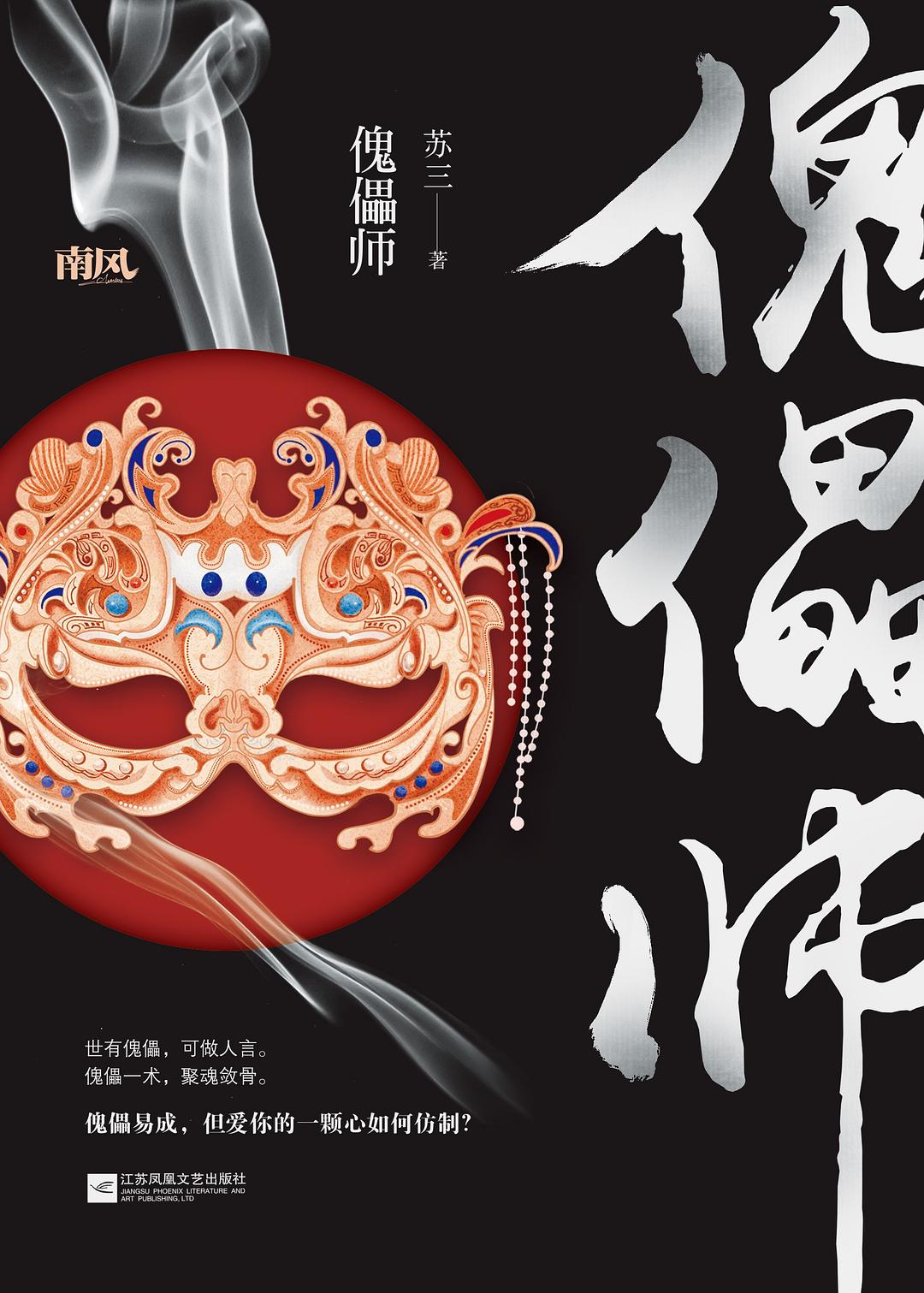
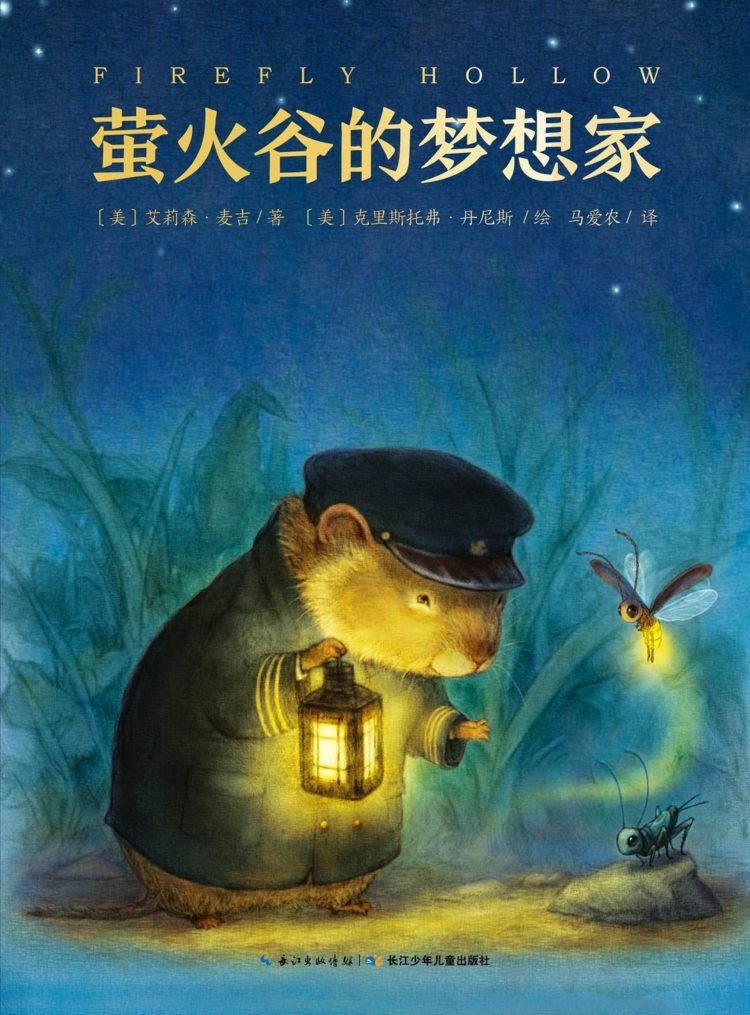
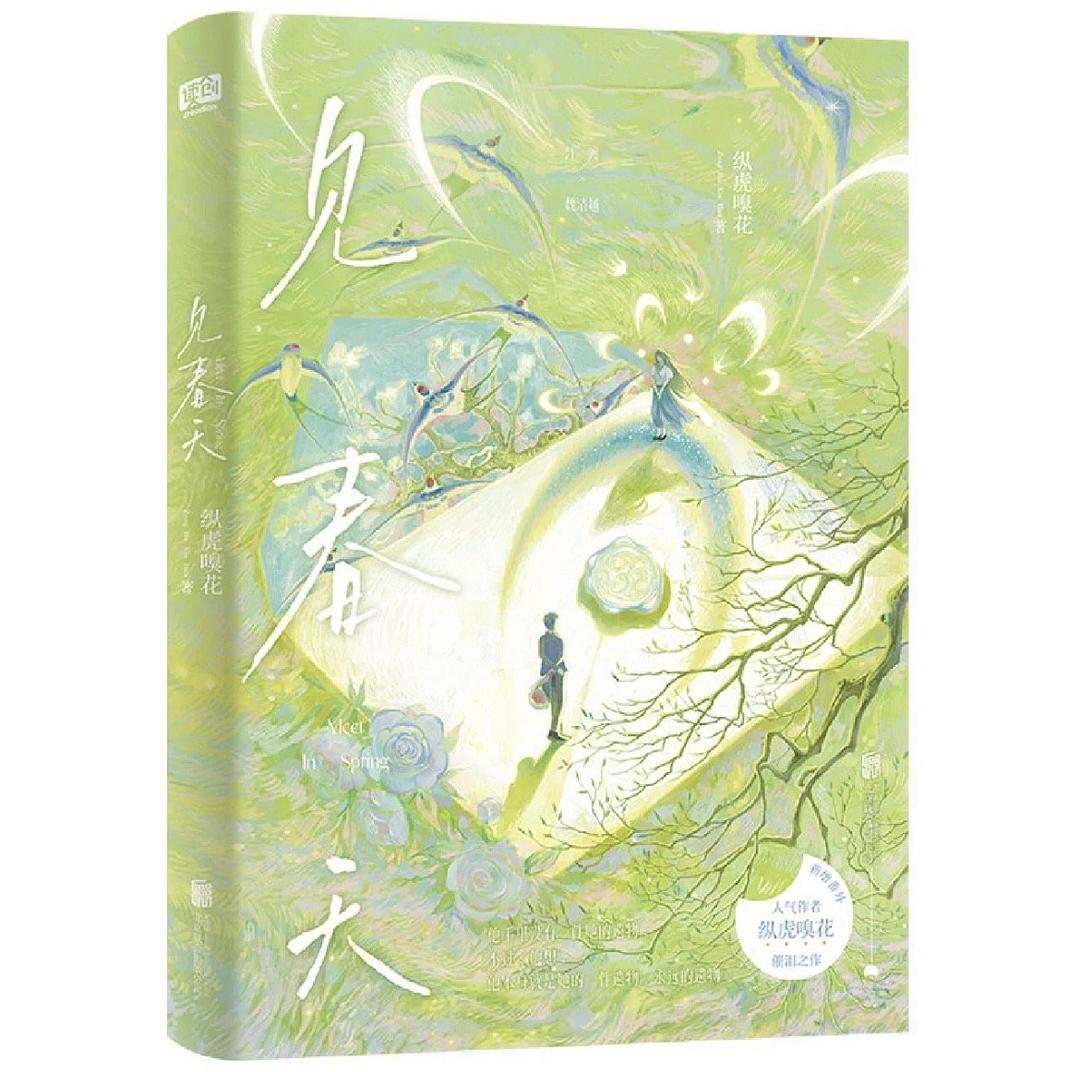

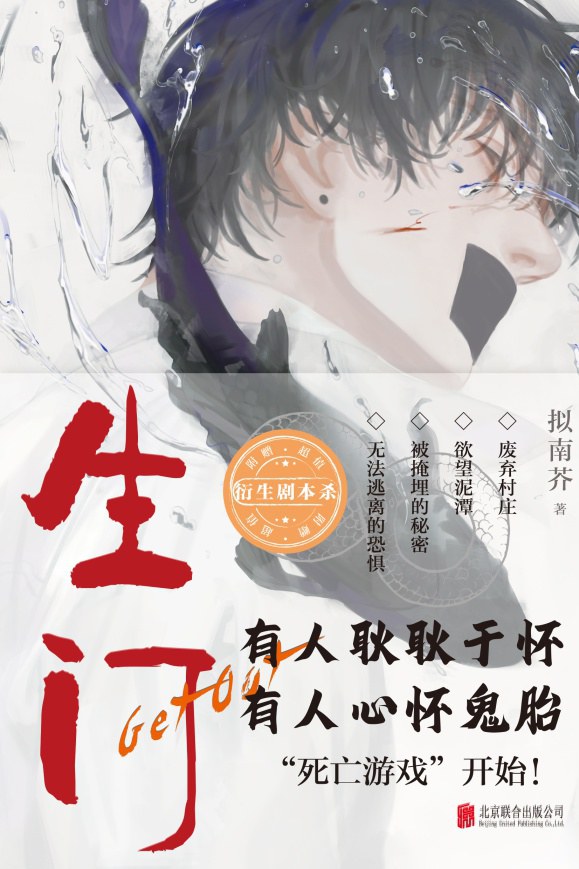



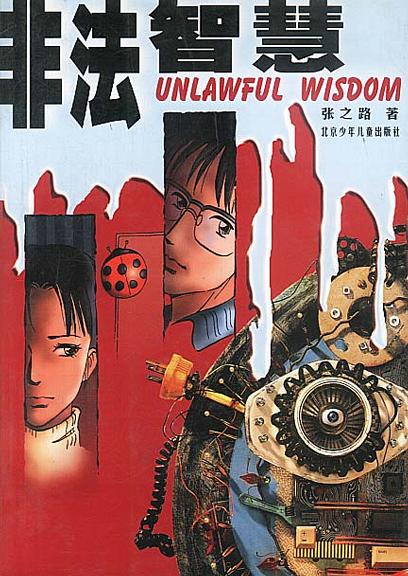
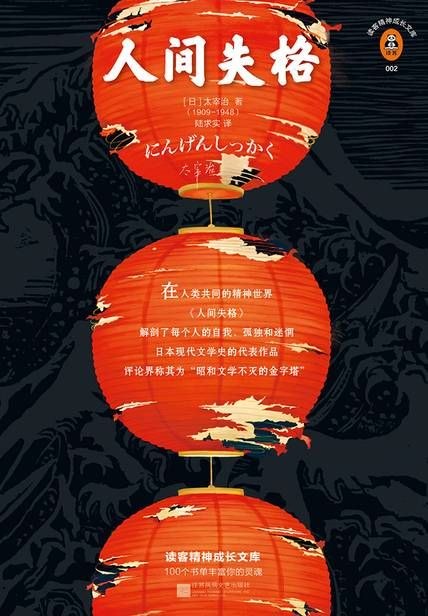
发表评价